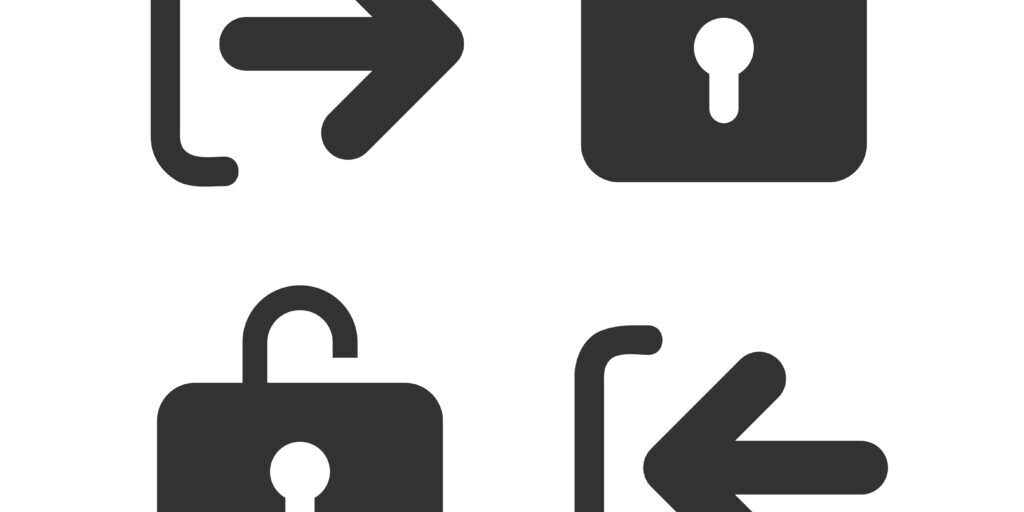
What is Smart Authentication?
Smart Authentication: Enhancing Cybersecurity with Advanced Authentication Methods
Introduction: As our lives become more and more digital, the importance of cybersecurity grows with it. One of the most critical aspects of cybersecurity is ensuring that only authorized individuals are granted access to sensitive data and systems. Traditional authentication methods, such as usernames and passwords, have been in use for decades. However, they are no longer sufficient to protect against modern cyber threats. A newer, more advanced method of authentication that provides enhanced security.
What is Smart Authentication? Smart authentication systems use multiple factors to authenticate the identity of a user. These factors can include biometric data, behavioral analytics, and contextual information.
Biometric data: Biometric data includes physical characteristics that can be used to identify a user, such as facial recognition, fingerprint recognition, or voice recognition.
Behavioral analytics: Behavioral analytics analyze the user’s patterns of behavior to ensure they match previous usage patterns.
Contextual information: Contextual information considers the device being used, the location of the user, and other contextual factors to ensure that the login attempt is legitimate.
Advantages of Smart Authentication: One of the main advantages is that it is more secure than traditional authentication methods. Passwords can be stolen, guessed, or hacked, but biometric data and behavioral patterns are much harder to replicate. Additionally, contextual information can help detect fraudulent attempts to access a system.
Smart authentication is also more convenient for users. With traditional authentication methods, users have to remember and manage multiple usernames and passwords. Users can simply use their biometric data or behavioral patterns to log in, which is faster and easier.

Types of Smart Authentication: There are several different types of smart authentication systems.
Two-factor authentication: One example is two-factor authentication, which requires users to provide two pieces of information to authenticate their identity. This can include a password and a fingerprint, or a password and a code sent to their mobile device.
Risk-based authentication: Another example is risk-based authentication, which uses machine learning algorithms to analyze user behavior and detect anomalies. If a login attempt is deemed high-risk, the user may be required to provide additional authentication factors, such as biometric data or a one-time code.
Proximity-based authentication: Authentication using proximity involves using wireless communication technologies like Bluetooth or NFC to establish a secure and encrypted connection between the user’s device and the authentication system.
Once the connection is established, the user can be granted access to a system without entering a username/password. Proximity authentication can be used to increase the security and convenience of access control systems. This allows for a more seamless and intuitive user experience.
Conclusion
In conclusion, smart authentication is a critical tool for modern cybersecurity. By using multiple factors to authenticate a user’s identity, smart authentication provides enhanced security while increasing convenience for users. As cyber threats continue to evolve, smart authentication will play an increasingly important role in protecting sensitive data and systems.
See GateKeeper Enterprise advanced MFA in action.
Take a self-guided tour of how you can evolve from passwords. Then you're really saving time with automation.




